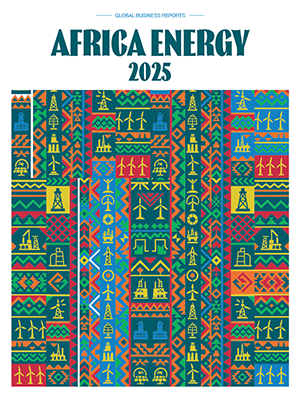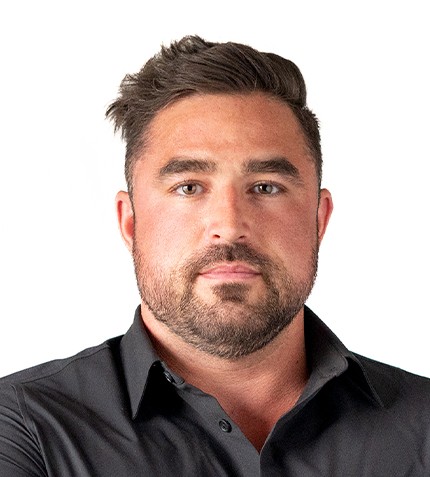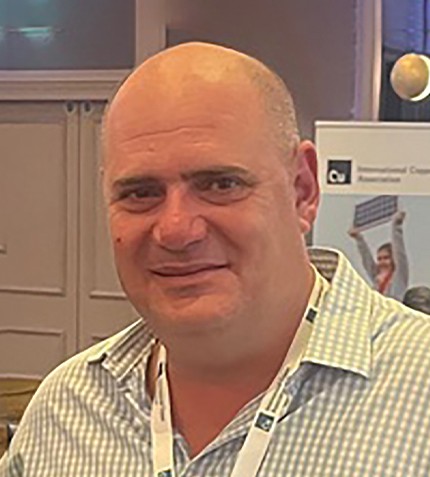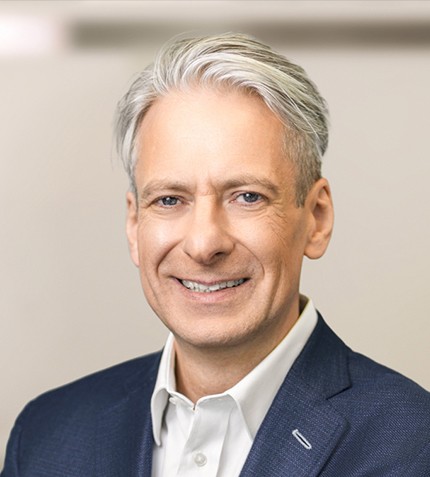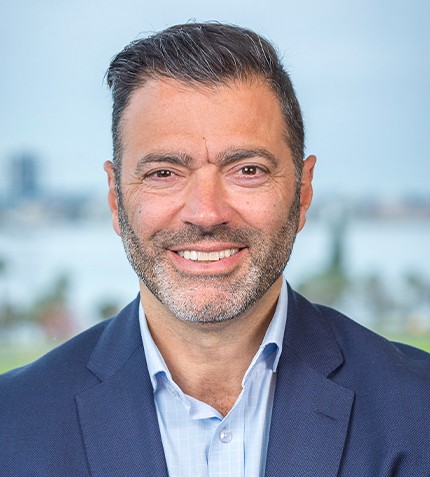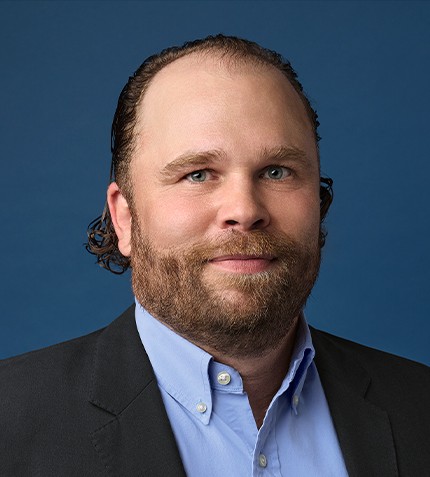
"There is still a lot of work in Cabinda, especially with ageing fields that require ongoing maintenance and the potential for new developments."
RELATED PUBLICATION
ARTICLES FROM THIS PUBLICATION
Peter Hagen
CEO, ALGOA CABINDA FABRICATION SERVICES
Can you please introduce yourself and the history of Algoa?
Algoa was founded in 1971 and is now a second generation, family run business. We have been based in Cabinda since the beginning, working in Block 0. Today, we have approximately 650 employees working in Cabinda and Soyo. Our main clients are Chevron and the oil service companies operating in Angola. We are also expanding into Soyo and executing a project for Angola LNG (ALNG) for the New Gas Consortium project. Two of our most recent projects were the Lifua A and South N´Dola production platforms for Chevron. Both were greenfield structures entirely fabricated in Angola. Historically, our core business has been a one-stop-shop for maintenance work. In addition, we provide machining services for the drilling industry, including various threads for drill pipe and crossovers.
What have been the significant milestones in Algoa's development?
One important factor has always been our focus on quality. My father was Swiss, and his partner German, so they brought a mindset of precision and high standards. That mentality still defines our work. As the infrastructure in Block 0 expanded, we expanded alongside it. We evolved from a machine shop into a company that handles fabrication, construction, scaffolding, painting, electrical work, calibration services and more. A significant milestone was when we moved out of Malongo Camp. Investing heavily, we built a large modern facility outside Malongo, significantly increasing our capabilities. With a full assortment of production equipment to include CNC lathes, water jet cutter, CNC profile cutting machines (beams and pipes) we can do anything. In addition, we have developed a full service, high-standard accommodation site with 150 rooms, mess hall, gym, and laundry services.
Can you explain Algoa's role in the South N’dola platform project?
We were responsible for all fabrication for the Chevron South N’dola project. The structure was massive, roughly the size of an Airbus A380, and approximately three times its weight. It was our largest project to date. To support the execution timelines, Algoa invested a significant amount in new capital equipment. Leveraging past learnings, equipment, and personnel from the Lifua platform, the project was completed earlier than anticipated.
Has Algoa operated outside Cabinda, and do you plan to expand again?
We used to operate in Luanda, Equatorial Guinea and South Africa. However, we sold those operations a few years ago and chose to focus our efforts on Cabinda. About two years ago, the emergence of the ALNG project caused us to start focusing on the Soyo region and we hope to have a more permanent basis going forward. However, there is still a lot of work in Cabinda, especially with ageing fields that require ongoing maintenance and the potential for new developments.
We have also worked indirectly for Namibia and Gabon. Some offshore rig service providers send us parts for refurbishment because we have the equipment and skills to consistently meet their turnaround time requirements. Unfortunately, most of Namibia's discoveries are deepwater fields requiring FPSOs built in Asia. The local requirement for fabrication is limited in those cases. For now, we remain focused on Angola but remain open to opportunities.
What logistical challenges do you face operating in Cabinda?
Logistics are a constant challenge in Angola, and even more so in Cabinda. What you can get in Europe or Luanda is not always available in Cabinda. That means we must be fully self-sufficient. We stock every item needed, even down to screws and bolts, for at least six months. Airfreighting is too expensive, so good planning is critical. However, logistics are improving. For example, we had to move over 60 trucks of equipment through the DRC into mainland Angola to support the South N´Dola and ALNG projects. That route worked surprisingly well without any issues. Likewise, the new port in Cabinda will allow better logistics to serve clients operating in other blocks.
What are your priorities for the upcoming year?
Our priority is to continue developing our workforce and ensuring consistent workflow for the employees. We aim to keep our operations active and productive. We are always on the lookout for new projects, but in the meantime, we focus on delivering high-quality service and creating opportunities for young professionals through training. Our approach is to stay adaptable and resilient, especially in the current environment.




